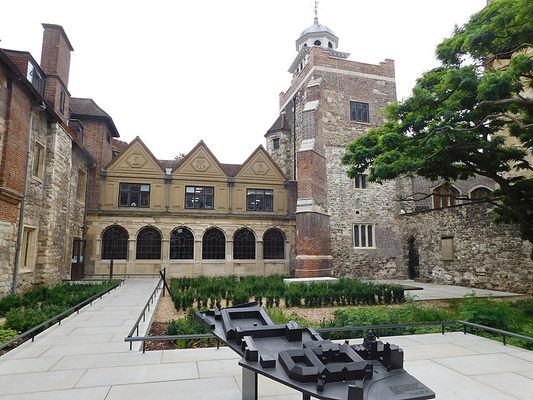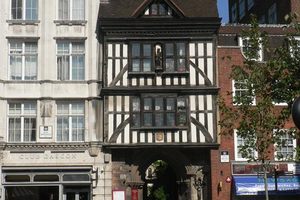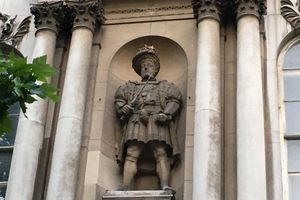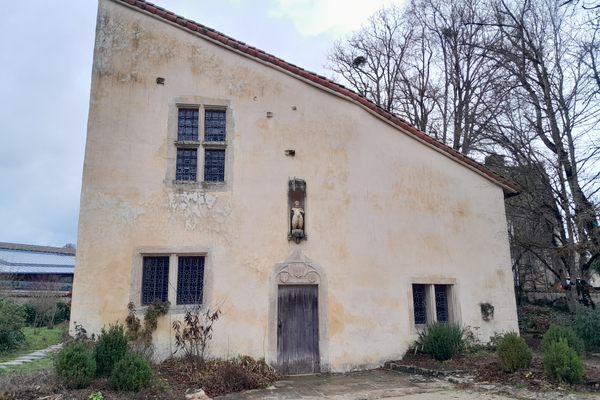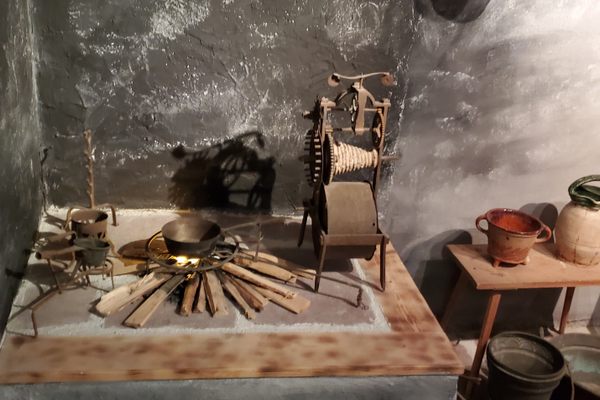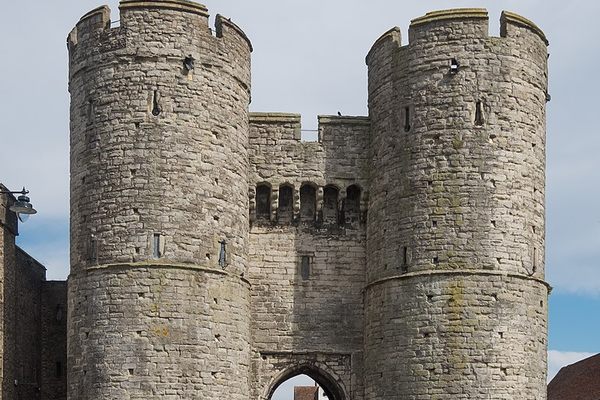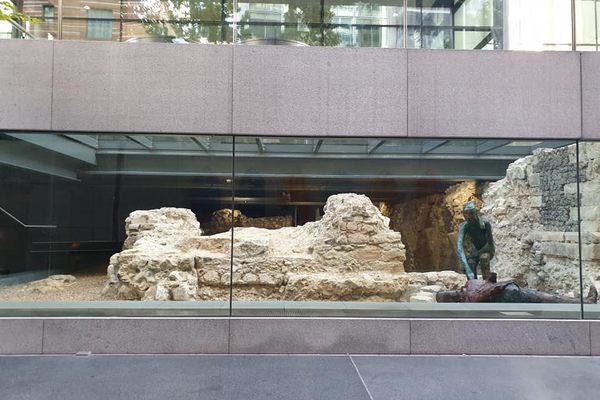About
In a darkened room of London's historic Charterhouse building, beneath a glass pane, lies the mottled skeleton of a medieval man. The remains are gently lit by the flickering hue of hundreds of electric candles placed nearby. Take a moment to gaze at the bones, and particularly the skull. You are now staring into the hollow eye sockets of a man who died of the greatest calamity in human history, the Black Death.
The Black Death or "Great Plague" that swept across Eurasia in the 14th century was unparalleled in its colossal death toll. The contagion killed approximately 200 million people. In the city of London alone it is estimated that over 60 percent of the population perished over a four-year period. In the face of such unimaginable suffering, it's easy to see why the plague was interpreted in Europe as being a sign of an impending apocalypse and the wrath of a furious God bent on punishing humanity.
The skeleton of the plague victim now on display at the Charterhouse was unearthed by London Crossrail workers while digging in Charterhouse Square for the new city rail line. Archeologists found it belonged to a man in the prime of his life, in his mid-twenties, when he was struck down by the Black Death. It's believed he died at some point between 1348 and 1349, at the height of the pandemic.
At the time, the Charterhouse had not yet been built and the land it now sits on was used as a burial ground or "plague pit" by the city authorities. Here, the mortal remains of thousands of victims of the Black Death were buried, including that of the Charterhouse skeleton. Isotope analysis of the skeleton's teeth has since revealed that the young man was born and grew up in a rural area of East Anglia county before moving to London where he met his sad fate.
Related Tags
Know Before You Go
The Charterhouse can be reached via public transport by taking the tube to Barbican station, which is only a few minutes away on foot. The Charterhouse is open from 11 a.m. to 5:20 p.m. from Tuesday to Sunday (closed every Monday) and entrance is free. Guided tours and talks about the history of the medieval building may also be booked for those interested in learning more.
Published
March 27, 2019

